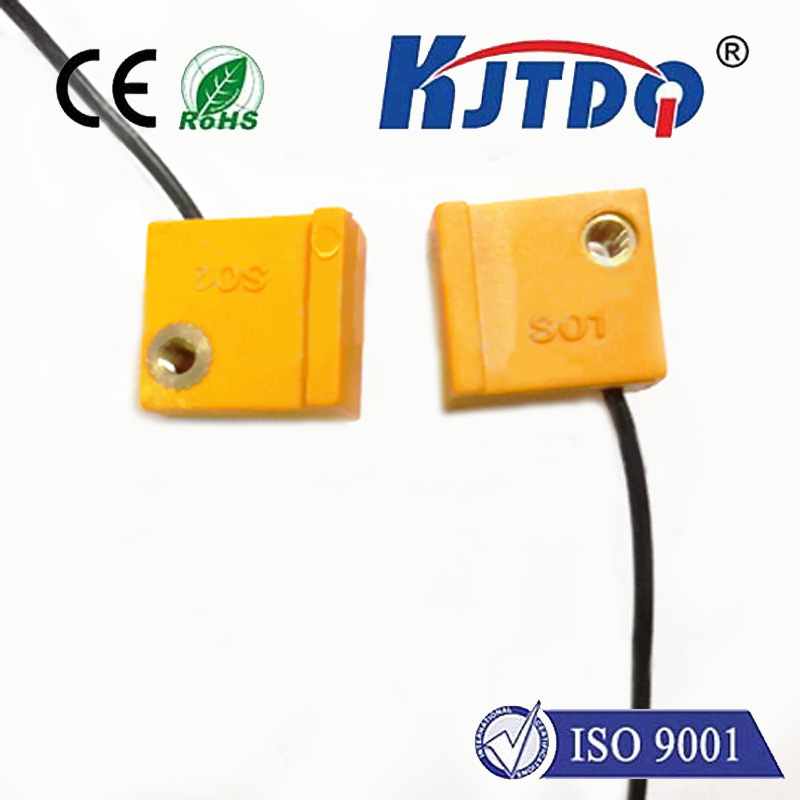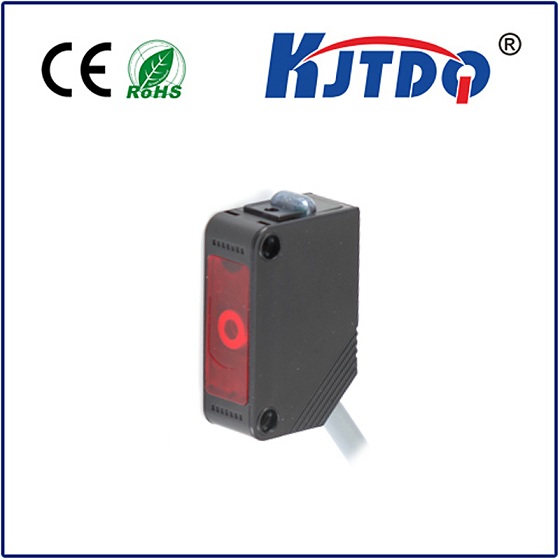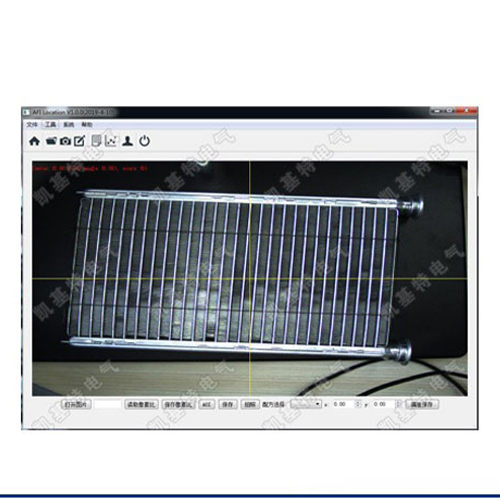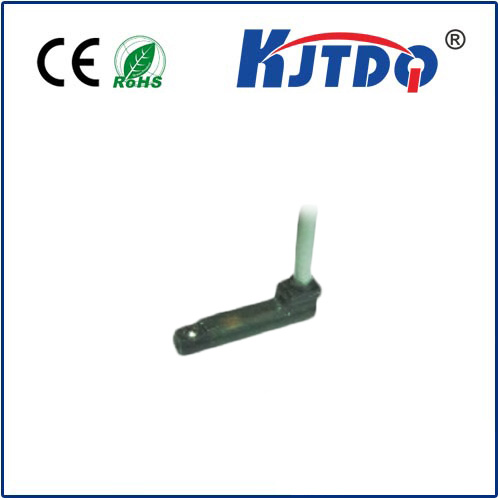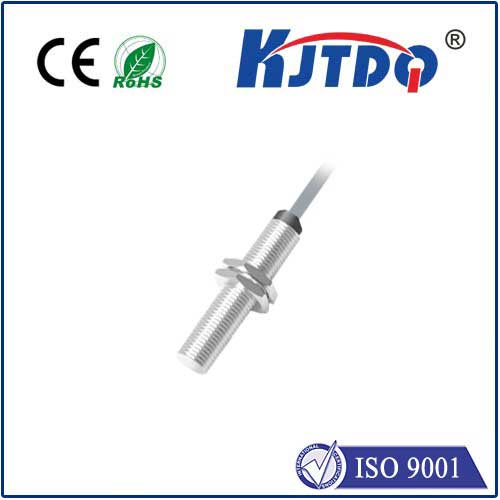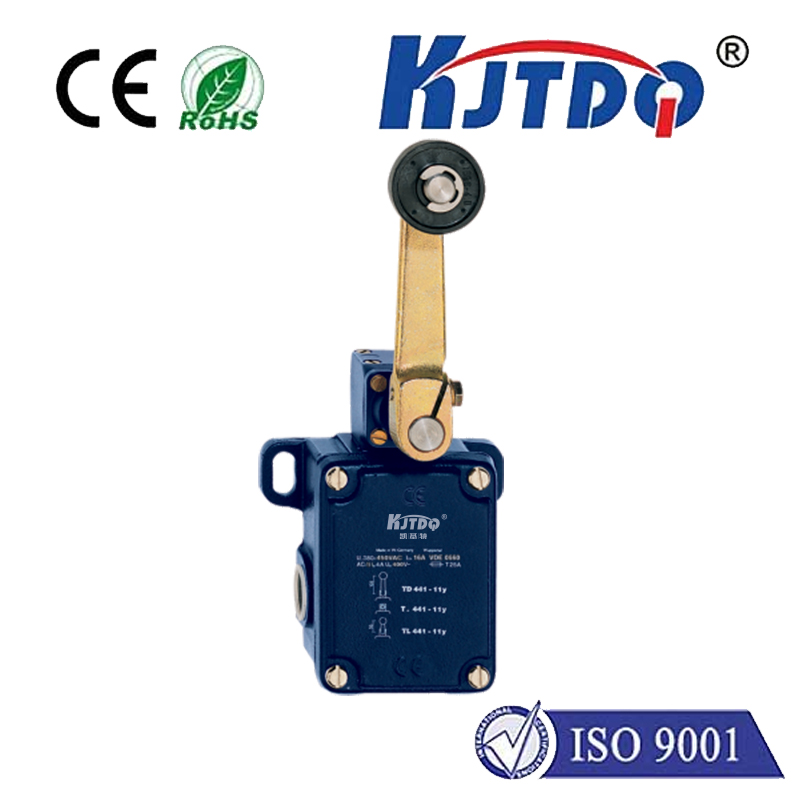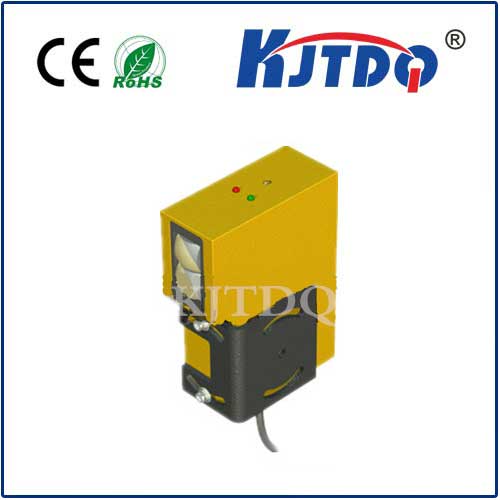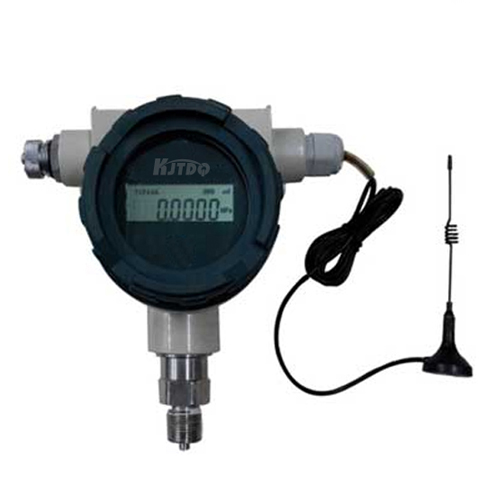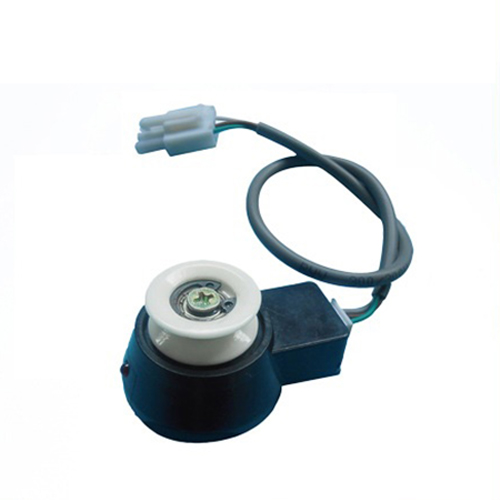196cteflon inductive proximity sensor
- time:2025-09-09 01:04:39
- Click:0
Unlock Reliability with 196C Teflon Inductive Proximity Sensors: Ultimate Chemical Resistance
Imagine this: a critical bottling line grinds to a sudden, costly halt. The culprit? A standard proximity sensor, its plastic housing slowly dissolving under constant acidic spray. Downtime mounts, maintenance costs soar, and production targets slip away. In industries where aggressive chemicals, caustic cleaners, or extreme conditions are the norm, the reliability of components like inductive proximity sensors isn’t just desirable—it’s imperative. That’s where the 196C Teflon inductive proximity sensor steps in, not just as a component, but as a dedicated chemical-resistant solution engineered for survival.
Inductive proximity sensors are fundamental workhorses in automation. They detect the presence of metallic objects without physical contact using electromagnetic fields. When a metal target enters the sensor’s field, it induces eddy currents, causing a change in the sensor’s oscillator circuit. This change is detected, processed, and converted into an output signal (usually switching a load ON or OFF). Their non-contact nature makes them ideal for countless applications involving position detection, counting, and speed monitoring in machinery and production lines.
The 196cteflon inductive proximity sensor takes this robust technology and fortifies it for environments where standard sensors quickly fail. The defining feature is right there in the name: Teflon. More accurately, this refers to a high-performance PTFE (Polytetrafluoroethylene) coating or encapsulation applied over the sensor’s critical sensing face and often the entire housing.
- Why PTFE (Teflon)? PTFE boasts exceptional properties:
- Unparalleled Chemical Resistance: It resists attack from almost all industrial chemicals, solvents, acids (including concentrated acids), and alkalis. This makes the 196c teflon sensor immune to corrosion and degradation caused by splashes, spills, fumes, or constant exposure to harsh cleaning agents like CIP (Clean-in-Place) solutions common in food, pharma, and chemical processing.
- Superb Non-Stick Properties: Liquids, sticky residues, pastes, and powders slide right off a Teflon surface. This prevents build-up on the sensor face, ensuring consistent detection reliability and minimizing the need for frequent, disruptive cleaning.
- Low Friction & Wear Resistance: PTFE’s slick surface reduces wear from abrasive materials and minimizes friction drag if accidental contact occurs.
- High-Temperature Tolerance (within limits): While sensor electronics have their own limits, the PTFE coating itself can withstand higher temperatures than many standard sensor plastics, maintaining its integrity in hotter processes.
The “196C” designation typically signifies specific characteristics:

- Embedded Form Factor: The 196C series usually refers to a cylindrical, threaded-body design (often M18 or M30 threading) specifically intended to be flush mounted into metal brackets or machine housings. This design protects the sensor body and provides a clean, integrated installation.
- Flush Mounting Capability: A key advantage of many inductive sensors, including the 196c, is their ability to detect targets flush with the mounting surface. Standard sensors often require a specific recess distance. Flush-mountable 196c teflon sensors can be installed directly in a metal bracket without needing an air gap, simplifying design and offering protection.
- Specific Sensing Range & Output: The “C” might denote a particular sensing range or output type (e.g., NPN or PNP transistor switching). Always consult the specific datasheet for details.
Where the 196C Teflon Sensor Shines (and Saves the Day)
This sensor isn’t for every application. Its specialized construction commands a premium. However, in the right environments, its longevity and reliability deliver significant ROI by preventing failures, downtime, and replacement costs. Key application areas include:
- Chemical & Petrochemical Processing: Resisting leaks, spills, and corrosive atmospheres around pumps, valves, reactors, and pipework. Detecting agitators, mixers, or tank levels where chemical exposure is constant.
- Food & Beverage Production: Thriving in CIP and SIP (Sterilize-in-Place) environments blasted with high-pressure, high-temperature caustics and acids. Used on filling lines, pasteurizers, blenders, and packaging equipment exposed to sugars, syrups, oils, and aggressive cleaning regimes. Its non-stick surface ensures hygienic operation.
- Pharmaceutical & Biotechnology: Essential in cleanrooms and processing equipment demanding sterile conditions and resistance to powerful disinfectants and solvents. Reliable detection in freeze-dryers, vial filling lines, and bioreactors.
- Metalworking & Machining: Surviving exposure to cutting fluids, coolants, lubricants, grinding swarf, and metal fines that would clog or degrade lesser sensors. Ideal for CNC machines, transfer lines, and robotic welding cells.
- Wastewater Treatment: Enduring high-humidity environments and contact with bio-sludge, chemicals, and cleaning solutions in pumps, screens, and control systems.
- Pulp & Paper Manufacturing: Resisting chemicals like bleaches and digesters, sticky pulp, and high humidity found in paper mills.
Beyond Chemistry: Built Tough Overall
The 196cteflon inductive proximity sensor typically doesn’t rely solely on its PTFE armor. Expect rugged construction featuring:
- Stainless Steel Housing: Usually V4A/AISI 316L stainless steel, offering excellent corrosion resistance in addition to the PTFE coating.
- High IP Rating: Look for ratings like IP67, IP68, or IP69K, ensuring protection against dust ingress and high-pressure water jets – crucial for washdown environments.
- Temperature Resilience: Designed to operate reliably within extended temperature ranges common in harsh industrial settings.
Integrating the Chemical Warrior: Key Considerations
When deploying a 196c teflon coated inductive proximity sensor:
- Confirm Target Material: Like all inductive sensors, it only detects metals. Ensure your target material (steel, stainless steel, brass, aluminum, etc.) is suitable. Sensing range varies with metal type.
- Check Sensing Distance: Verify the specific sensing range (
Sn) listed for the sensor model meets your application’s positional requirements.
- Select Correct Output: Choose the right electrical output (e.g., DC 3-wire NPN/PNP NO/NC) compatible with your control system (PLC input, relay, etc.).
- Ensure Proper Mounting: Utilize its flush-mount capability where possible for maximum protection and simplified installation. Securely thread it (M18 or M30 as specified) into a suitable bracket.
- Avoid Abrasive Cleaning: While PTFE is tough, aggressive scrubbing with steel wool or harsh abrasives can damage the coating over time. Use recommended cleaning methods.
The 196c teflon inductive proximity sensor represents a targeted engineering solution. It addresses






